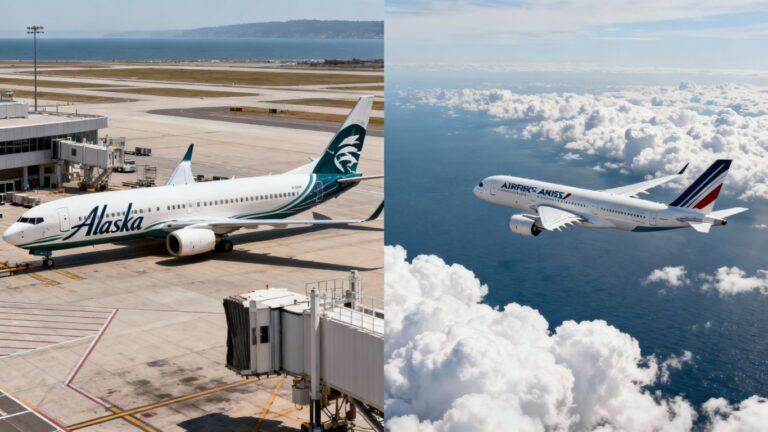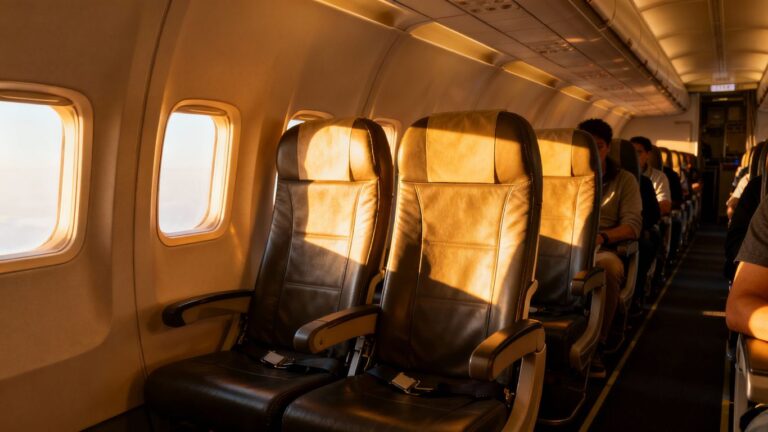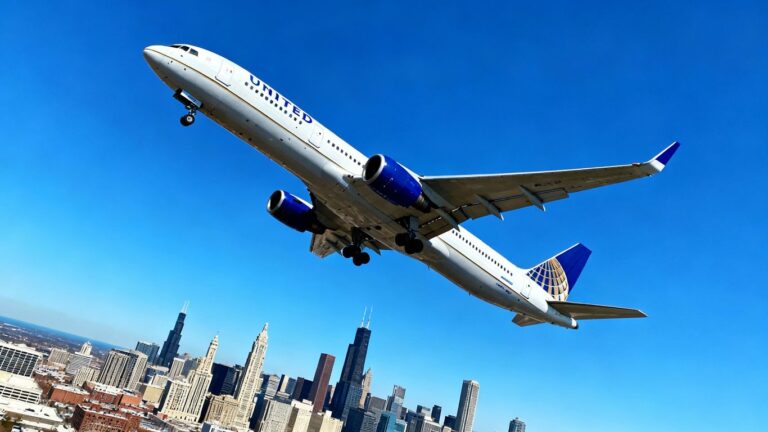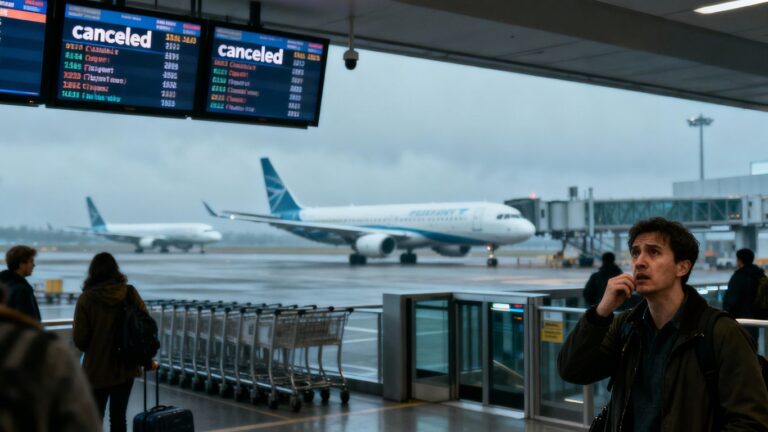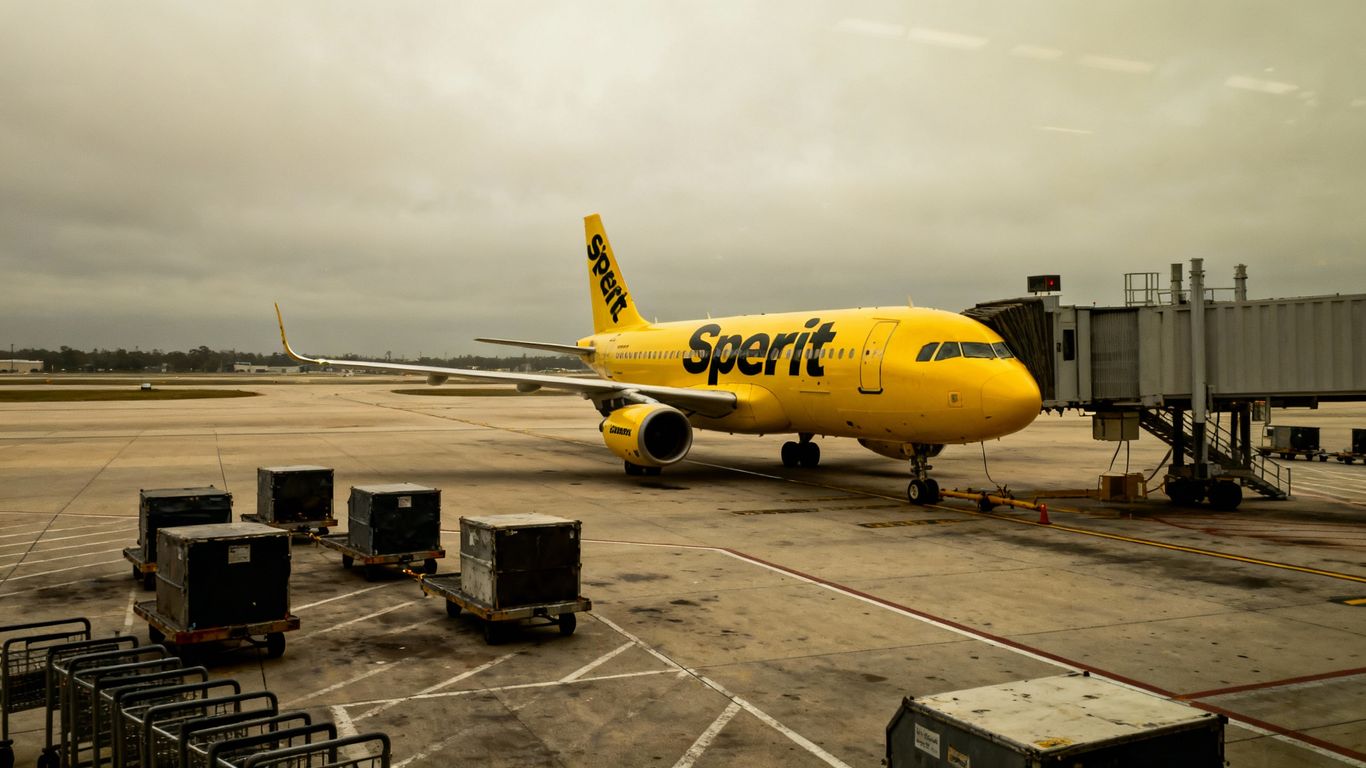
Spirit Airlines is undergoing one of the most dramatic shakeups in the history of U.S. low-cost carriers. The airline, long recognized for its bold yellow planes and budget-friendly fares, announced sweeping cuts to its fleet, routes, and even its presence in major cities as it works through a deepening financial crisis.
Key Takeaways
- Spirit plans to slash over half its current fleet, returning more than 110 aircraft to lessors.
- The airline will exit at least 13 destinations, including significant hubs like Minneapolis and Hartford.
- Over 1,800 flight attendants are being furloughed, with additional cost-saving measures targeting pilots.
- The route network is shrinking by roughly 25%, especially in the Western U.S.
- Uncertainty looms for future operations, though experts expect consumer refunds for canceled flights due to federal rules.
Major Fleet and Route Reductions
In an attempt to stay afloat, Spirit Airlines requested permission from bankruptcy court to reject leases on 87 Airbus A320-family jets in addition to an earlier deal involving 27 aircraft. If approved, these changes will leave Spirit with fewer than half the number of planes it operated in August. The move is primarily aimed at eliminating costly, unprofitable leases and retiring aircraft plagued with engine issues.
Alongside the fleet cuts, Spirit is making sweeping changes to its operations. The airline is pulling out of 13 cities altogether and temporarily halting around 40 routes—about a quarter of its entire schedule. These steps are expected to save the company hundreds of millions of dollars annually, though they bring significant disruption for employees and travelers alike.
Loss of Service in Key Cities
Among the cities losing Spirit service are major metropolitan areas and smaller markets. Minneapolis-St. Paul International Airport and Hartford’s Bradley International Airport are among the most notable, with service ending by the end of October. Other regions, particularly in the Western U.S., are seeing similar pullbacks as Spirit redirects its resources to core markets like Detroit, Fort Lauderdale, and Orlando.
Employee Impacts and Future Outlook
The operational downsizing has led to substantial workforce reductions, including the furlough of approximately a third of Spirit’s flight attendants. Pilots are also facing furloughs and pay negotiations as the airline seeks additional financial relief.
Industry analysts remain cautious about Spirit’s long-term survival. While a recent deal with major lessors staved off the risk of near-immediate liquidation, the path ahead remains uncertain. Travelers can take some reassurance from federal Department of Transportation rules guaranteeing refunds for canceled flights, but the prospect of further network reductions or even liquidation in 2026 cannot be ruled out.
What Travelers Should Know
- Refund Protection: If your Spirit flight is canceled, you’re entitled to a full refund under U.S. law.
- Travel Insurance Limitations: Most new insurance policies won’t cover airline bankruptcy, but credit cards with built-in protections could help.
- Frequent Flyer Points: If Spirit ceases operations, its loyalty points may become worthless; however, other airlines may try to attract Spirit’s customers.
- Effect On Fares: Spirit’s reduced presence may drive up prices, as its ultra-low-cost competition forced larger airlines to keep fares low on overlapping routes.
The coming months will be crucial for Spirit Airlines as it races to execute its restructuring plan while retaining customer trust in an increasingly turbulent landscape.
Sources
- Spirit Airlines bankruptcy: What to know about booking flights, The Points Guy.
- Spirit Airlines to halve fleet amid deep bankruptcy cuts, The Points Guy.
- Spirit to exit Minneapolis and Hartford, cut dozens of routes, The Points Guy.
- Struggling Spirit to slash flights by a quarter in November, The Points Guy.
